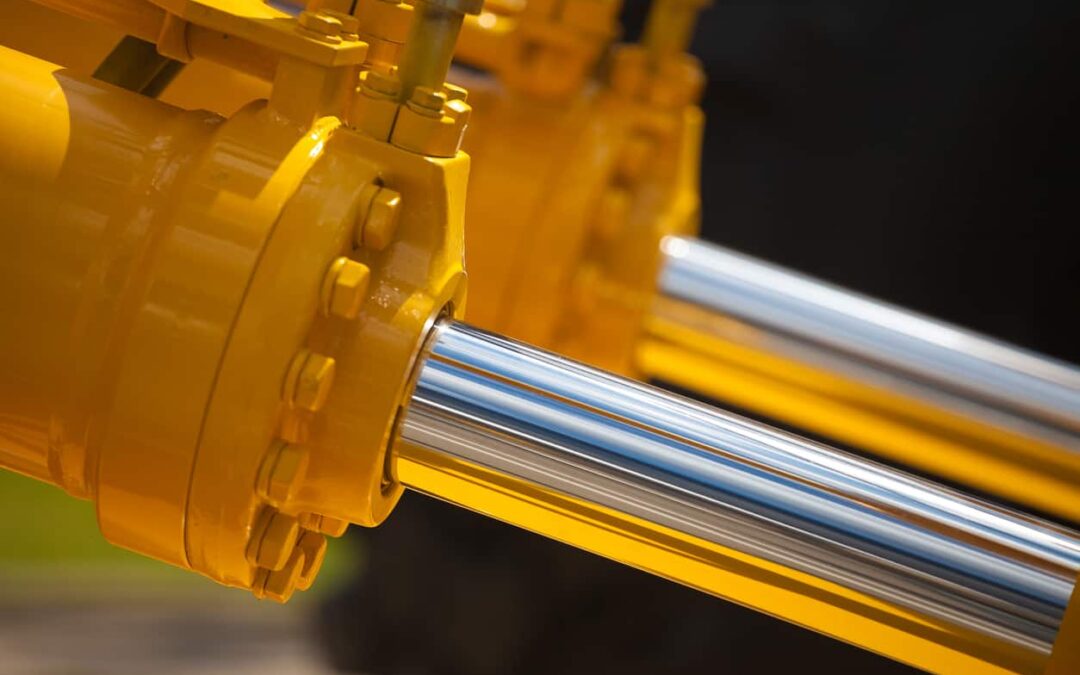The principles of fluid dynamics and hydraulic systems have been understood for most of human history. Despite the age of the science behind it, hydraulics remains in use everywhere in the modern world—from home plumbing to spacecraft. Nowhere is this more apparent than in the use of the hydraulic motor.
A hydraulic motor simply converts the fluid pressure element common to all hydraulic systems into rotary motion rather than lateral motion. A hydraulic pump powered by pressurized fluid turns a shaft via pressure on the internal mechanisms of the motor. Hydraulic motors are most often used in applications that require low speed and high pressure, most often generating enormous amounts of torque. They are frequently used in extremely large operations like drawbridges, rolling gates, and even in hydroelectric plants.
There are three ways that hydraulic motors are engineered.
The oldest design is the “gear” motor. These are comprised of matched gears in a housing, powered by fluid pressure.
Hydraulic piston motors are by far the most common type, due to their efficiency and reliability. They tend to operate well under a variety of fluid viscosity conditions, and with variable degrees of torque.
The final type is the “vane” motor—much simpler designs that tend to be compact with much higher torque capacities. Their designs require much higher operating speeds, and the higher torque generated tends to mean they have a shorter lifespan than hydraulic piston motors.
The hydraulics professionals at Texas Hydrostatics know all the intricacies of hydraulic motors, their potential uses, and their tolerances and efficiencies. For more information on hydraulic motors, or hydraulics systems in general, contact them today.

